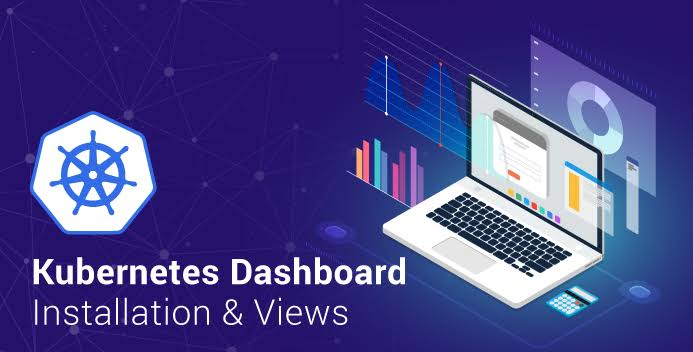Kubernetes is an open source system for automating deployment scaling and management of containerized applications. The dashboard is a web based user interface of Kubernetes. In this article you will find a detailed view of the Kubernetes dashboard, it’s uses, management, deploying and much more.
USES OF KUBERNETES ATMOSPHERE:
There are a number of uses of the Kubernetes dashboard. To make it easier and more specific for you I have listed down some of the uses of the Kubernetes dashboard. Have a look on the following:
- The dashboard of Kubernetes can be used to deploy the containerized applications to a Kubernetes cluster.
- You can troubleshoot your containerized application.
- Cluster resources can be organized.
- You can also use the Kubernetes dashboard to get a clear overview of your applications running on your cluster.
- You can also use the Kubernetes dashboard to both create and modify your individual resources of Kubernetes – for example deployment, jobs and etc.
- It also provides you the information on the condition of your Kubernetes resources in your cluster and also on any error occurred.
INSTALLING OF THE KUBERNETES DASHBOARD:
To install the Kubernetes dashboard or to deploy it you need to follow the mentioned command.
kubectl create - https://raw.githubusercontent.com/kubernetes/dashboard/master/src/deploy/recommended/kubernetes-dashboard.yaml
After using this command your Kubernetes dashboard will be installed.
ACCESSING THE DASHBOARD OF KUBERNETES:
The dashboard deploys with a minimal configuration of RBAC by default and it is solely for the purpose to protect your cluster data.
Now the dashboard only supports logging in with the Bearer Token and for that you can use the various guides to create a new account for yourself.
You can also access the dashboard using the kubectl – command line tool with the command 'Kubectl proxy'
After this Kubernetes will itself make the dashboard available at:
http://localhost:8001/api/v1/namespaces/kubernetes-dashboard/services/https:kubernetes-dashboard:/proxy/
But you need to keep in mind that the user interface can be accessed from the machine where the command has been executed.
THE WELCOME VIES:
When the dashboard is accessed on an empty cluster the welcome page opens. This welcome page contains the link to document as well as deploy your first application. Furthermore you can also get information or view that which applications are running by default in your namespace or the dashboard.
DEPLOYMENT OF THE CONTAINERIZED APPLICATIONS
As an extra option for deployment and service the dashboard allows you to create and also deploy a containerized application with a simple wizard. After this you can avail two options. One is to manually specify the details of the applications and the second one is that you can upload YAML OR JSON file containing the application configuration. In addition to this, you can also click on the CREATE button on the top right corner of the page to begin.
SPECIFYING THE APPPLICATION DETAILS
When you are deploying the wizard it wants you to provide some information given below :
1) The App name – The app name you provide should be unique and should be within the criteria of the Kubernetes namespace. After you name it a label will be added to it for deployment and the name should start with a low case character and the limit is 24 characters.
2) Container Image – the end of a container image should end with a colon.
3) The number of pods – Target the number of pods you want to be deployed in. In addition to this the value of these pods should be positive.
You can also go to the advanced options if needed, in this you get the expanded version of the options which include description, image pull secret, CPU requirement, environment variables.
CONCLUSION:
Through this article you have learnt the various things about the Kubernetes and this knowledge is ample for you to install a Kubernetes dashboard and also its uses. Kubernetes has improved your experience of using cloud with a great infrastructure and currently there is no technology better than it to replace it.
Techasoft is one such leading Software Development Company from where you can take help regarding Kubernetes and other software related issues.
















Post Comments